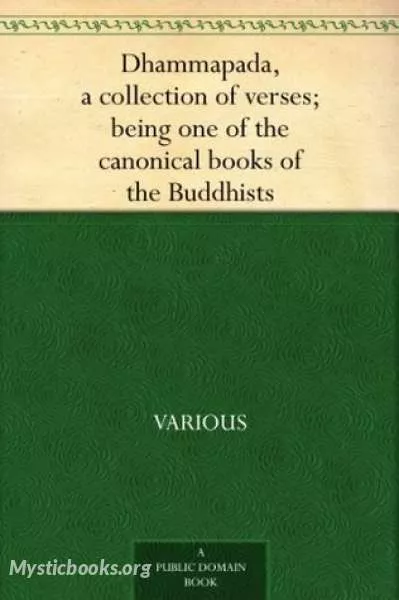
The Dhammapada
by Anonymous
'The Dhammapada' Summary
According to tradition, the Dhammapada's verses were spoken by the Buddha on various occasions. "By distilling the complex models, theories, rhetorical style and sheer volume of the Buddha's teachings into concise, crystalline verses, the Dhammapada makes the Buddhist way of life available to anyone...In fact, it is possible that the very source of the Dhammapada in the third century B.C.E. is traceable to the need of the early Buddhist communities in India to laicize the ascetic impetus of the Buddha's original words." The text is part of the Khuddaka Nikaya of the Sutta Pitaka, although over half of the verses exist in other parts of the Pali Canon. A 4th or 5th century CE commentary attributed to Buddhaghosa includes 305 stories which give context to the verses.
Although the Pāli edition is the best-known, a number of other versions are known:
- "Gāndhārī Dharmapada" – a version possibly of Dharmaguptaka or Kāśyapīya origin in Gāndhārī written in Kharosthi script
- "Patna Dharmapada" – a version in Buddhist Hybrid Sanskrit,[14] most likely Sammatiya
- "Udānavarga" – a seemingly related Mula-Sarvastivada or Sarvastivada text in
- 3 Sanskrit versions
- a Tibetan translation, which is popular in traditional Tibetan Buddhism
- "Mahāvastu" – a Lokottaravāda text with parallels to verses in the Pāli Dhammapada's Sahassa Vagga and Bhikkhu Vagga.
- "FaJuJing 法句经" – 4 Chinese works; one of these appears to be an expanded translation of the Pali version; this has not traditionally been very popular.
Comparing the Pali Dhammapada, the Gandhari Dharmapada and the Udanavarga, Brough (2001) identifies that the texts have in common 330 to 340 verses, 16 chapter headings and an underlying structure. He suggests that the three texts have a "common ancestor" but underlines that there is no evidence that any one of these three texts might have been the "primitive Dharmapada" from which the other two evolved.
The Dhammapada is considered one of the most popular pieces of Theravada literature. A critical edition of the Dhammapada was produced by Danish scholar Viggo Fausbøll in 1855, becoming the first Pali text to receive this kind of examination by the European academic community.
Book Details
Authors
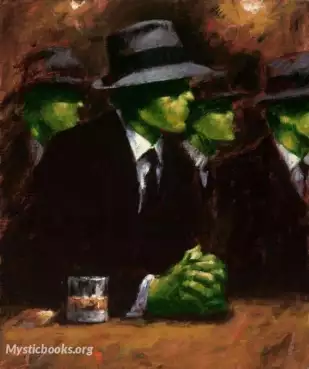
Anonymous
Unknown
An anonymous author is a writer who has chosen to keep their identity hidden from their readers. The reasons for this decision can vary, and may include political or social persecution, personal priva...
Books by AnonymousDownload eBooks
Listen/Download Audiobook
Related books
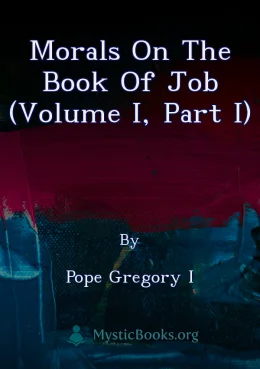
Morals on the Book of Job (Volume I, Part I) by Pope Gregory I
Pope Gregory I's "Morals on the Book of Job" is a comprehensive commentary on the biblical book of Job, written in the late 6th century. It comprises...
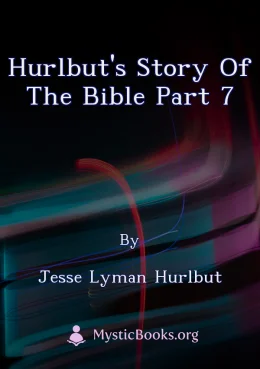
Hurlbut's Story of the Bible Part 7 by Jesse Lyman Hurlbut
Some years ago, the editor of an English magazine sent a communication to "the hundred greatest men in Great Britain" asking them this question: "If f...
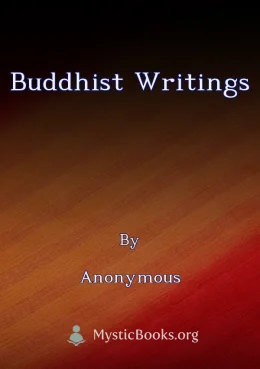
Buddhist Writings by Anonymous
An anthology of Buddhist scriptures, appropriate as an introduction to its vast literature, or as a sampler for those who want to better understand Bu...
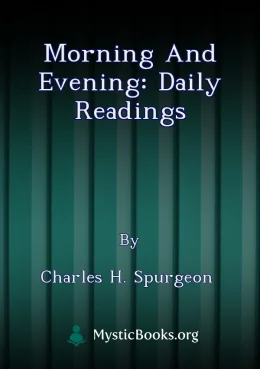
Morning and Evening: Daily Readings by Charles H. Spurgeon
This book, compiled by the renowned preacher Charles H. Spurgeon, offers daily devotional readings for every day of the year. Each entry consists of a...
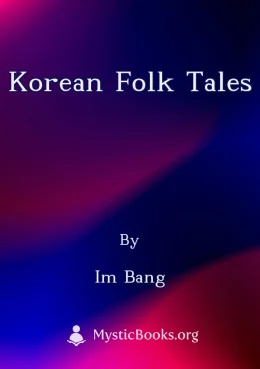
Korean Folk Tales by Im Bang
This collection of Korean folk tales, translated from manuscripts dating back to the 17th and 18th centuries, offers a glimpse into the spiritual and...
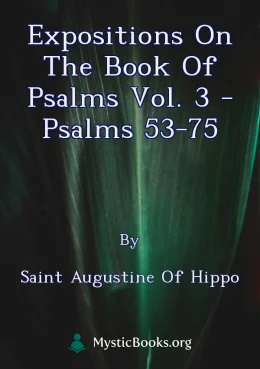
Expositions on the Book of Psalms Vol. 3 - Psalms 53-75 by Saint Augustine of Hippo
A collection of sermons by Saint Augustine of Hippo on Psalms 53-75, offering insightful commentary and spiritual guidance. These poetic and meditativ...
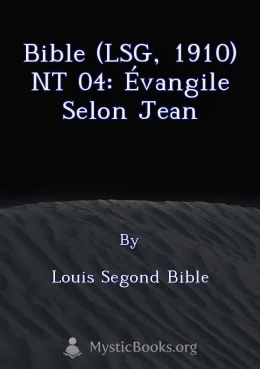
Bible (LSG, 1910) NT 04: Évangile selon Jean by Louis Segond Bible
Ce quarante-troisième livre de la Bible, traduite par Louis Segond, au XIXe siècle et publiée au début du siècle suivant, nous est parvenu comme étant...
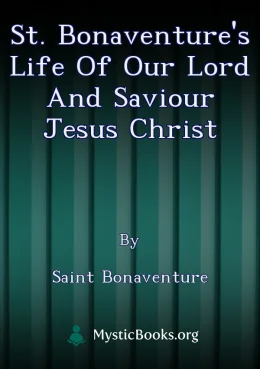
St. Bonaventure's Life of Our Lord and Saviour Jesus Christ by Saint Bonaventure
St. Bonaventure's *Life of Our Lord and Saviour Jesus Christ* is a devotional work that guides readers through the life of Jesus Christ. He encourage...
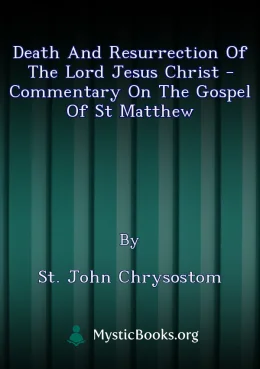
Death and Resurrection of the Lord Jesus Christ - Commentary on the Gospel of St Matthew by St. John Chrysostom
This book presents a selection of homilies by St. John Chrysostom, a renowned fourth-century theologian, that focus on the Gospel of Matthew, specific...
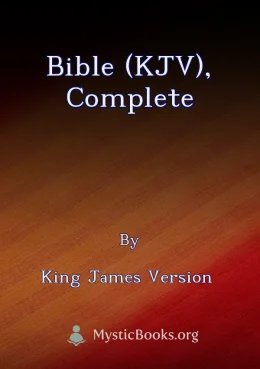
Bible (KJV), Complete by King James Version
The King James Version (KJV) of the Bible, published in 1769 by the Oxford University Press, is a foundational text for Christianity and a landmark wo...
Reviews for The Dhammapada
No reviews posted or approved, yet...